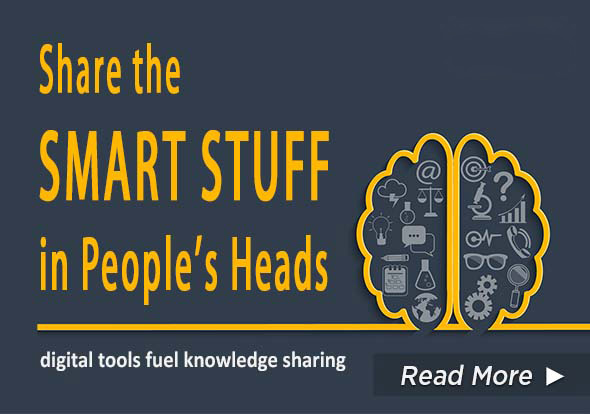Mentoring On-Demand
Before delving into technology considerations, it’s important to understand what mentoring means. After years of crafting face-to-face programs and creating online mentoring platforms, I believe…
Mentoring is the candid sharing of one person’s experiences and honed knowledge in order to influence and guide another individual with the direct aim of building skills and expertise. It is more than coaching for a goal. It is the act of investing in someone’s life.

Once you have settled on your own definition of what mentoring is (feel free to borrow mine), and how a program links with your company’s overarching strategy, you are ready to explore the technology aspects needed for implementation.
According to Stephen Grindrod in Mentoring Is Now changing the Workplace through Technology “Technology should never replace the actual mentoring itself, of course. But it’s there to support the participants, to save time for the program administrator, and to act as a database to measure program success.”
Grindrod lays out five points (summarized here) when using online technology to support a company’s mentoring program:
- Matching mentees with mentors. Adopt technology that identifies what the mentee’s development needs are and match them accordingly to those who have mastery in those areas.
- Forming the match. Stats show that a mentoring relationship will be more successful if the mentee chooses the mentor. Technology allows the mentee to select the mentor by reviewing profiles which spell out career histories and key experiences.
- Sharing important documents online. If mentor pairs are in different locations, use something stored in the cloud like SharePoint or Google Docs. This makes communication faster and safer, not to mention easily retrievable as mentees and mentors work together when creating goals or discussing techniques for implementation.
- Online support. Provide downloadable resources that include information on the phases of a mentoring relationship, so that both parties know what to expect. For example, an outline describing roles and the types of questions to ask can help to launch the relationship.
- Reporting. Be able to evaluate through metrics. Technology can aid in identifying how many relationships were established, how many goals were completed, as well as how careers have been positively impacted.
When evaluating technology, as outlined above, it wouldn’t hurt to be mindful of a new form of mentoring gaining ground – that of flash mentoring. This instant form of mentoring allows workers to find just-in-time information to complete a task. Some refer to it as “mentoring on demand.” In this context, members within a dedicated online community populate their profiles to include work experience, project roles and primary skill sets.
For example, those with an immediate need, search member profiles to find that person (or group of people) who may have the desired know-how. Information is quickly gathered – whether through an instant messaging plug-in like CometChat, a few Outlook email exchanges, one or two phone calls, or even over lunch at the café down the street. Mentoring on demand is obviously more short term in duration than a structured program, but it can quickly get knowledge in the hands (and heads) of those needing an immediate solution.
Bottom line? Retain and build talent by crafting a mentoring program that is both structured and on demand. Start with building a case for how this links to your company’s overarching strategy. Once you have established your rationale, look for technology that showcases member-driven communities containing robust profile fields. These fields can be used to feed matching tools as well as just-in-time profile searches
Victoria Tucker
Victoria Tucker is the Chief Dreamer at ZBglobal, where she lends her 30+ years of experience on pivotal topics like workforce collaboration, engagement, mentoring and project management. She also plays ukulele…but not very well. Reach out to her!







